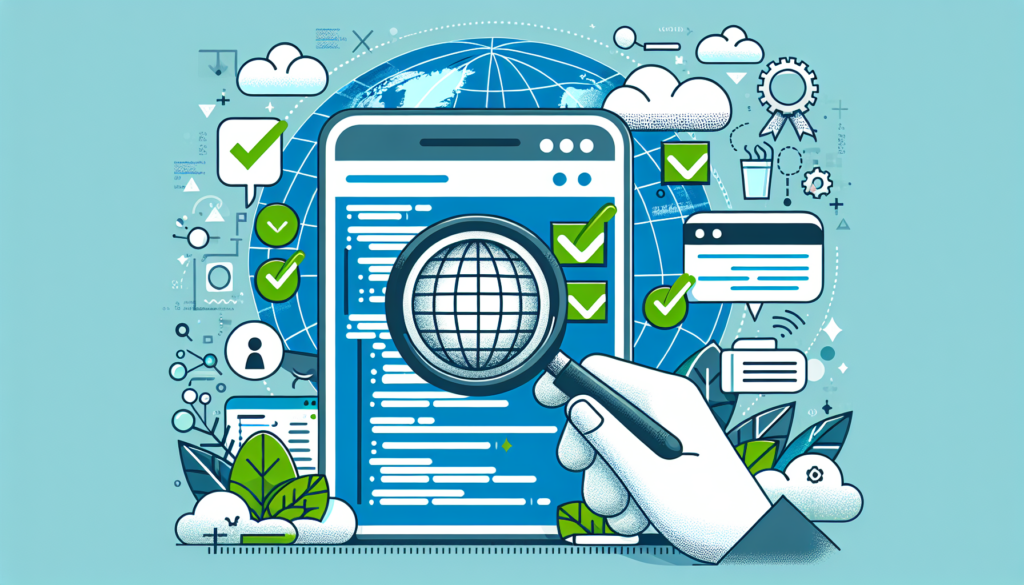The creation and launch of websites and applications are increasingly complex tasks, involving a vast field of technical knowledge. Behind every successful digital platform, there’s a robust testing process that ensures functionality, security, and ease of use. This method is imperative to ensure that the final product not only meets the expectations of the developers but also exceeds those of the end-user.
Fundamental Theory of Testing
Types of Tests and Their Necessity
Testing in web and application development takes multiple forms, each aimed at evaluating different aspects of a system:
- Unit Tests: Validate the functionality of individual code components.
- Integration Tests: Ensure that various modules or services work together as expected.
- Functional Tests: Confirm that the system performs functions correctly according to requirements.
- System Tests: Verify the behavior of the entire system in an environment that simulates production.
- User Acceptance Testing (UAT): Determine if the system meets business criteria and is acceptable to the end-user.
- Performance Tests: Evaluate how the system behaves under specific workload conditions.
- Security Tests: Identify vulnerabilities in the application that could be exploited.
Importance of Test Automation
A key practice in modern development is test automation. With automation, test suites can be run quickly and repeatably, freeing up human resources for tasks that require critical judgment and creative thinking.
Advancements in Testing Methodologies
Continuous Integration (CI) and Continuous Delivery (CD) are methodologies that allow for automatic integration and deployment of software, which include rigorous testing processes. Moving towards CI/CD means that testing becomes a continuous process and not simply a phase that precedes deployment.
TDD and BDD: Modern Approaches
Two approaches that have gained traction are Test-Driven Development (TDD) and Behavior-Driven Development (BDD):
- TDD involves creating tests that define how the code should function before the actual code is written.
- BDD focuses on user experience and business functionalities, creating test scenarios based on the expected behavior of the software.
Testing Tools and Frameworks
Various tools are employed depending on the type and stage of testing:
- JUnit and TestNG for unit testing in Java applications.
- Selenium and Cypress for automated user interface testing in web applications.
- LoadRunner and JMeter for performance and stress testing.
The selection of the right tool depends on multiple factors, such as the programming environment, the testing approach, and the resources available.
Practical Application: Success Cases of Rigorous Testing
Netflix: Adapting Testing for Global Scale
Netflix is a preeminent example of an exhaustive testing approach. Their platform must operate seamlessly across a variety of devices and with millions of concurrent users. To ensure this, Netflix employs large-scale A/B testing, rigorous performance testing, and proprietary software, Chaos Monkey, to test the resilience of its infrastructure.
GitHub: Testing in Continuous Integration and Delivery
GitHub has implemented automated testing in its CI/CD process, ensuring that each code change works correctly before being deployed. This strategy has allowed GitHub to minimize the time to launch new features and maintain platform stability.
Future Directions in Software Testing
With the advancement of artificial intelligence (AI) and machine learning (ML), we may see self-optimizing tests based on previous results. AI could predict problem areas and adjust the test suites to cover those cases efficiently.
Moreover, security-focused development, where security tests are an integral part of the development cycle, is emerging as a key practice due to the increase in cyber threats.
In conclusion, testing constitutes the fundamental pillar for the delivery of high-performance and secure web and mobile applications. Its evolution and adaptation to new technologies and development methodologies are crucial for maintaining quality and meeting expectations in a constantly changing tech market. The in-depth analysis of examples like Netflix and GitHub demonstrates the effectiveness of well-implemented testing and anticipates an era of innovations driven by AI and a focus on security.

